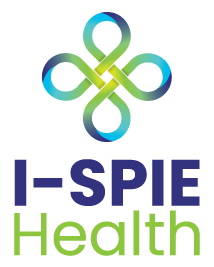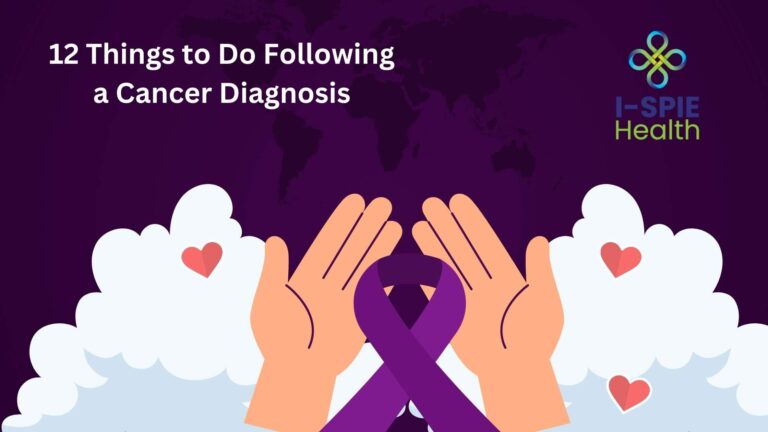When it comes to diagnosing lung conditions, particularly those related to cancer, precision is key. Two of the most crucial diagnostic tools used in pulmonary care are Endobronchial Ultrasound EBUS Vs Bronchoscopy. Each serves a unique purpose in identifying and evaluating lung diseases, but understanding their differences is essential for patients and healthcare providers alike. In this blog, we’ll explore EBUS and bronchoscopy, highlighting their respective roles, benefits, and how they compare in the diagnostic process.
What is EBUS (Endobronchial Ultrasound)?
Endobronchial Ultrasound, or EBUS, is a specialized diagnostic procedure that combines bronchoscopy with ultrasound technology to visualize structures within the lungs and surrounding areas. The primary purpose of EBUS is to assess and biopsy lymph nodes and masses in the mediastinum (the central part of the chest between the lungs) and lungs that are not easily accessible by standard bronchoscopy.
Procedure Overview of EBUS
During an EBUS procedure, a flexible bronchoscope equipped with an ultrasound probe is inserted through the mouth or nose and advanced into the airways. The ultrasound probe provides real-time imaging of the structures outside the bronchial walls, such as lymph nodes and tumors. This allows the physician to guide fine-needle aspiration (FNA) to collect tissue samples for biopsy. EBUS is often performed under sedation, ensuring patient comfort.
Common Uses of EBUS
EBUS is particularly valuable in diagnosing and staging lung cancer, as it allows for accurate sampling of lymph nodes that may be involved in the spread of the disease. It is also used to evaluate other lung masses, infections, and inflammatory conditions. By providing a minimally invasive method for obtaining tissue samples, EBUS helps avoid the need for more invasive surgical procedures.
Benefits of EBUS
- Minimally Invasive: EBUS allows for precise biopsy of difficult-to-reach areas with minimal patient discomfort.
- Accurate Staging: EBUS is highly effective in determining the stage of lung cancer, which is crucial for treatment planning.
- Real-time Imaging: The combination of ultrasound and bronchoscopy provides real-time visualization, improving the accuracy of biopsies.
What is a Bronchoscopy?
Bronchoscopy is a diagnostic procedure that allows direct visualization of the airways, including the trachea, bronchi, and lungs. It is widely used to diagnose and treat various conditions affecting the respiratory system.
Procedure Overview of Bronchoscopy
In a bronchoscopy, a bronchoscope (a thin, flexible tube with a camera and light) is inserted through the mouth or nose and guided down into the lungs. The camera transmits images of the airways, allowing the physician to identify abnormalities, take biopsies, remove foreign objects, or clear blockages. Like EBUS, bronchoscopy is usually performed under sedation.
Common Uses of Bronchoscopy
Bronchoscopy is versatile and is used to diagnose lung infections, tumors, inflammation, and bleeding. It is also a valuable tool for collecting tissue samples, removing mucus plugs, and placing stents in narrowed airways.
Benefits of Bronchoscopy
- Direct Visualization: Bronchoscopy provides a clear view of the airways, enabling the diagnosis and treatment of a wide range of conditions.
- Tissue Sampling: It allows for the collection of tissue, fluid, and mucus samples for further analysis.
- Therapeutic Applications: In addition to diagnosis, bronchoscopy can be used to perform therapeutic procedures, such as removing blockages or delivering treatments directly to the lungs.
Also Read: Can You Survive Lung Cancer If Caught Early?
EBUS Vs. Bronchoscopy: Key Differences
Technology and Techniques
While both EBUS and bronchoscopy use a bronchoscope, EBUS incorporates ultrasound technology, which allows for visualization beyond the airway walls. This makes EBUS particularly useful for accessing and sampling structures outside the bronchi, such as lymph nodes and masses, whereas bronchoscopy focuses on the airways themselves.
Diagnostic Accuracy
EBUS is more accurate for staging lung cancer and assessing mediastinal lymph nodes due to its ability to sample areas outside the bronchial walls. Bronchoscopy, on the other hand, excels in diagnosing conditions within the airways and lungs, such as infections, tumors, and obstructions.
Invasiveness and Patient Experience
Both procedures are minimally invasive, but EBUS might involve a longer procedure time due to the need for ultrasound imaging and needle biopsy. Patient comfort is generally well-managed with sedation during both procedures.
Risk Factors and Complications
Complications are rare for both procedures but may include bleeding, infection, or pneumothorax (collapsed lung) in more severe cases. The risk level largely depends on the patient’s overall health and the complexity of the procedure.
Applications and Indications
EBUS is the procedure of choice when lymph nodes or masses that are not visible within the airways need to be assessed. Bronchoscopy is preferred for visualizing and treating conditions within the airways, such as tumors, blockages, or infections.
Choosing the Right Procedure: Factors to Consider on EBUS Vs Bronchoscopy
The choice between EBUS and bronchoscopy depends on various factors, including the specific diagnostic needs, the location of the abnormality, and the patient’s overall health. For instance, if lymph node assessment is crucial, EBUS is the preferred method. In contrast, bronchoscopy is ideal for visualizing airway abnormalities.
The Role of a Cancer Coach in Navigating Diagnostic Procedures
As a cancer coach, I play a vital role in helping patients navigate the complexities of diagnostic procedures like EBUS and bronchoscopy. My goal is to ensure that you fully understand your options, what each procedure entails, and how these choices fit into your overall cancer care plan. I provide emotional support and practical guidance, helping you make informed decisions that align with your health goals.
Ready to Take Control of Your Cancer Journey?
Let’s connect for a free consultation today and start building a path to wellness that aligns with your goals.
Schedule Your Free Consultation Now
Conclusion
Both EBUS and bronchoscopy are indispensable tools in the diagnosis and treatment of lung conditions. Understanding their differences can empower you to make informed decisions about your care. Whether you’re undergoing these procedures for lung cancer diagnosis, staging, or treatment of other respiratory issues, it’s crucial to consult with your healthcare provider to determine the best approach for your situation.
As your cancer coach, I am here to support you every step of the way, providing clarity, comfort, and confidence in your healthcare journey.
FAQs
What is the difference between a bronchoscopy and EBUS?
Bronchoscopy visualizes airways and lungs, while EBUS adds ultrasound to guide biopsies of nearby structures.
Can EBUS detect cancer?
Yes, EBUS can detect cancer by sampling lymph nodes and other areas around the airways.
What are the disadvantages of EBUS?
EBUS may miss small lesions, and has risks like bleeding, infection, or pneumothorax.
How long does a bronchoscopy with EBUS take?
A bronchoscopy with EBUS usually takes 30 to 60 minutes.







